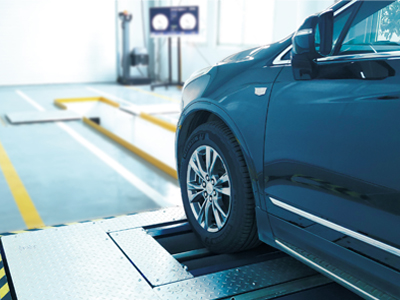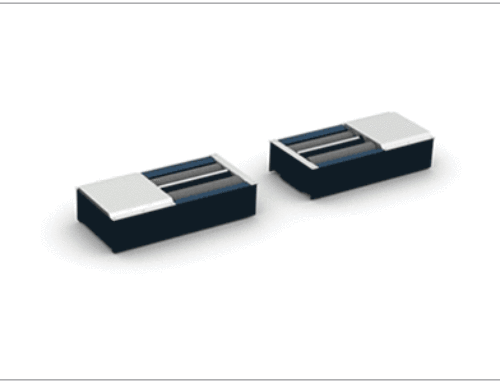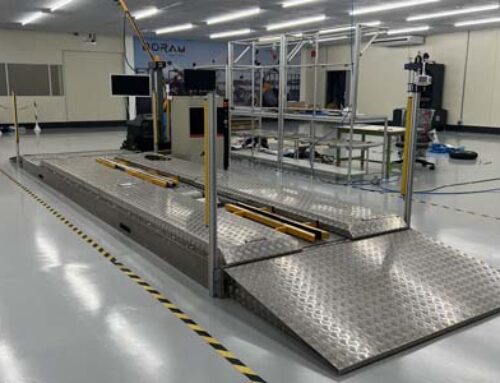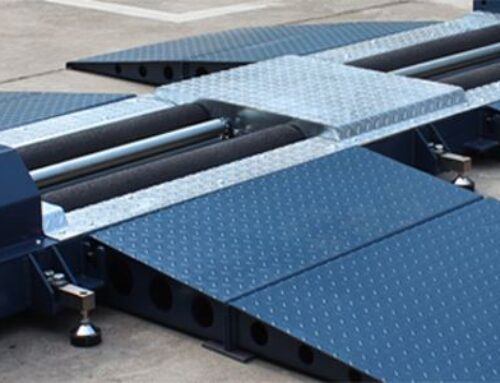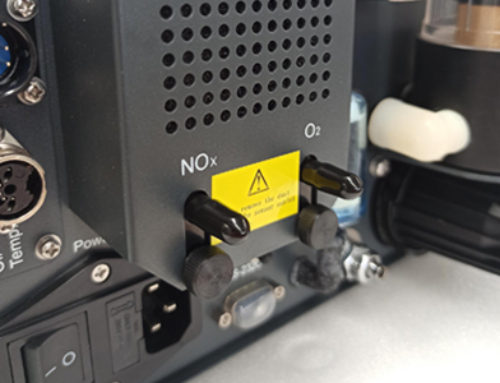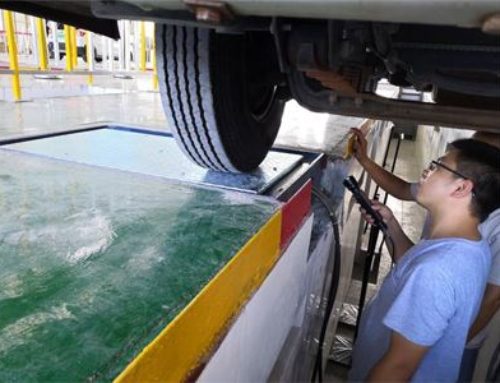When conducting brake testing, vehicles need to drive between two corundum rollers on the roller brake tester. These rollers simulate actual asphalt road surfaces, driving the vehicle wheels at rated speed and acquiring relevant data when the vehicle brakes. However, inexperienced operators may find it difficult to drive out of the brake tester, especially for small vehicles or on brake testers that mix trucks and cars, feeling like they’re stuck in mud.
Currently, there are three auxiliary methods for vehicles to exit the roller brake tester: motor-assisted exit, lifting exit, and motor self-locking exit. Next, we will introduce their advantages and disadvantages one by one, so that users can choose according to their own needs. It is worth noting that each method has its applicable scenarios, and there is no absolute distinction between advantages and disadvantages, only the most suitable method for oneself.
First, we introduce the lowest-cost solution: motor-assisted exit. The working principle of this method is that after the test is completed, the rollers rotate in the forward or reverse direction to assist the vehicle in leaving the brake tester. Although motor-assisted exit does not require additional costs, there are some drawbacks, such as waiting for a few seconds for the rollers to start rotating, and operators need a certain level of skill to avoid tire slippage. For customers with fixed operators, this method may be a choice.
Secondly, the working principle of the lifting exit is to design a lifting device in the middle of the rollers of the brake tester, using airbags to lift the vehicle to the level of the ground, making it very easy for the vehicle to exit the brake tester. However, the lifting device requires a separate air source, and the maintenance and replacement costs of the airbag components also need to be considered. In addition, lifting increases waiting time. It is worth mentioning that most of the inspection stations in China use the lifting exit method.
Furthermore, a common solution in Europe is the motor with self-locking function, which locks the rollers after the test is completed, allowing the vehicle to easily exit the brake tester. This method provides relatively faster exit but comes at a higher cost.
In summary, in terms of convenience for vehicle exit, the lifting exit method is the most convenient, while the motor self-locking exit method is relatively faster; in terms of cost, the motor-assisted exit method is more economical. Therefore, you should choose the most suitable method according to your own needs and actual situations.
